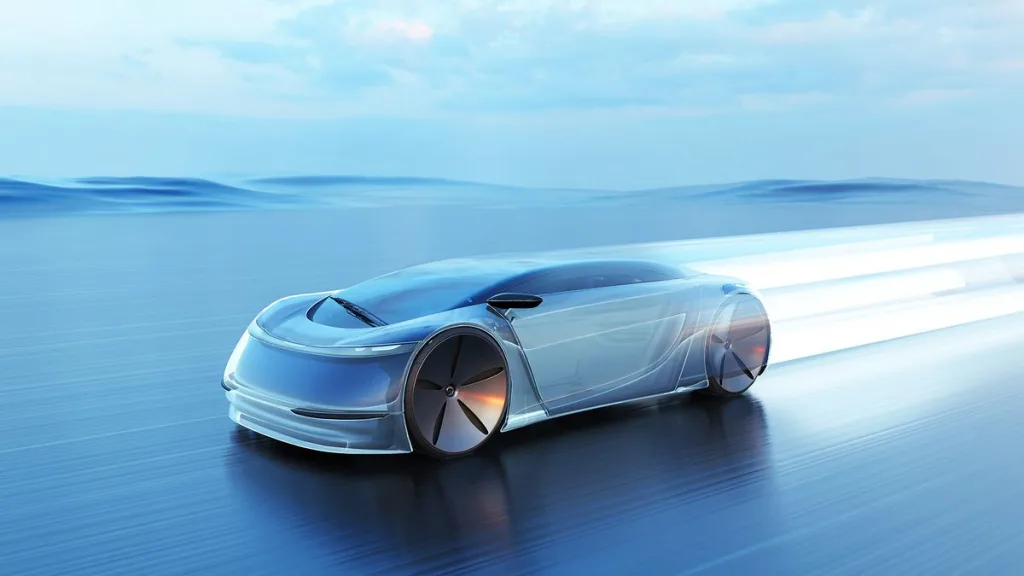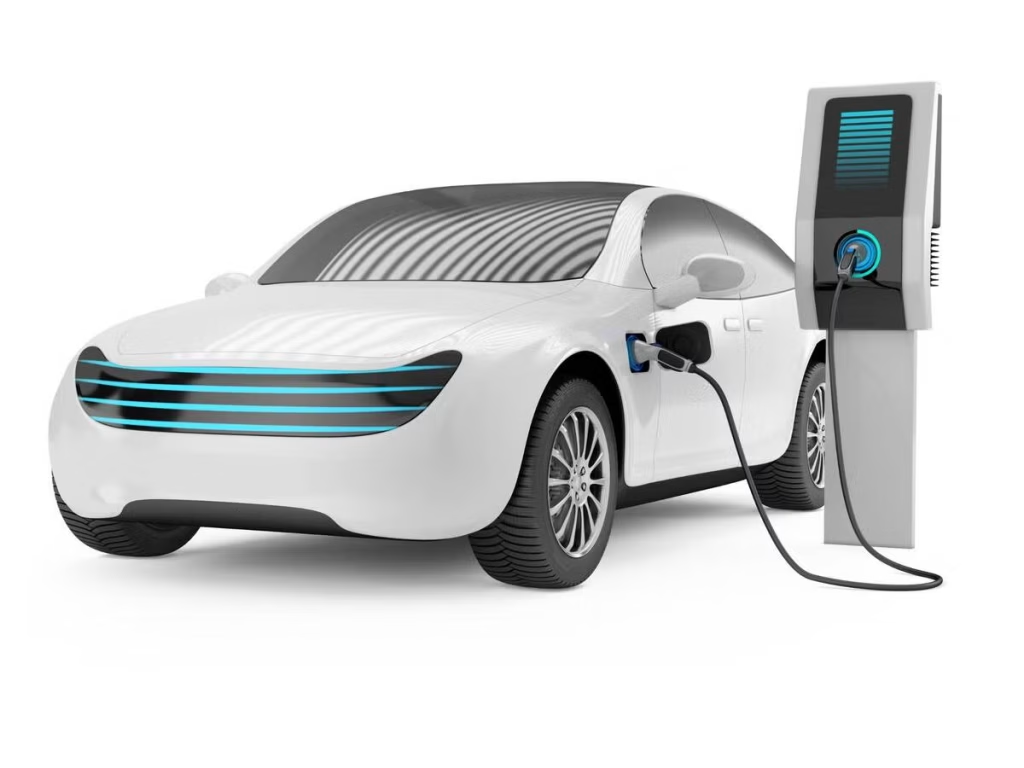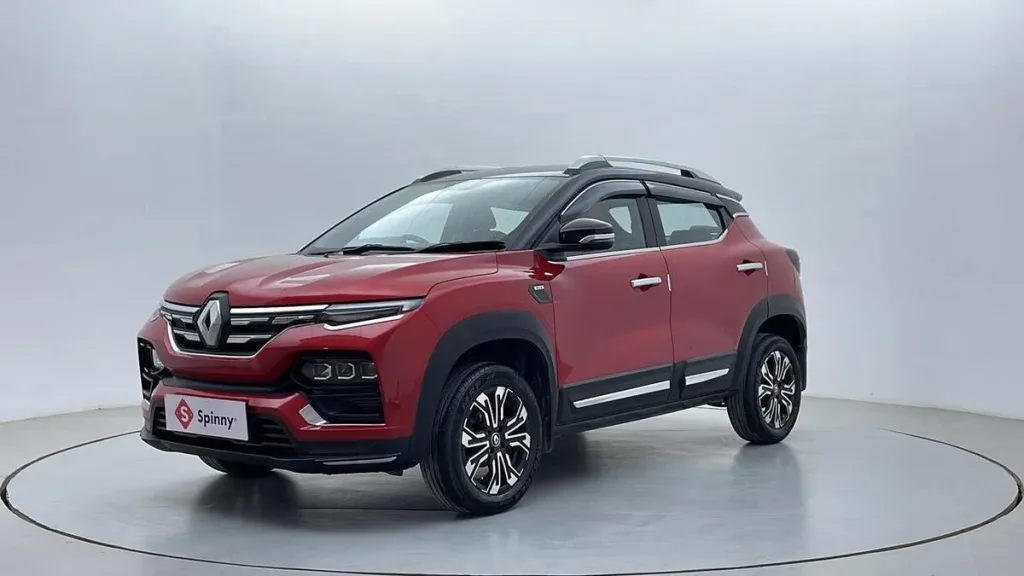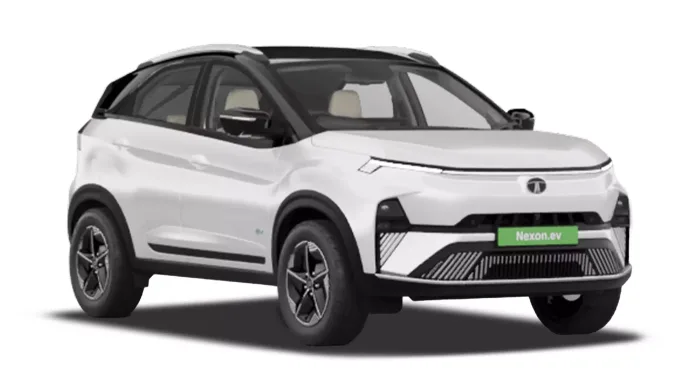Rajesh Sharma, a 42-year-old IT professional from Bengaluru, was thrilled when he purchased his first electric vehicle last year—a sleek, modern EV that promised to slash his commuting costs and reduce his carbon footprint. Six months later, he made a decision that might seem counterintuitive: he kept his old petrol car instead of selling it.
“I love my electric car for daily commutes to the office. It’s perfect for that 15-kilometer drive. But whenever we plan family trips to my hometown in Mysore, the EV stays home, and we take the petrol car,” explains Rajesh.
Rajesh isn’t alone. A recent survey reveals a striking trend: 51% of electric vehicle owners in India either maintain or are considering maintaining dual vehicle ownership—keeping a conventional petrol or diesel vehicle alongside their EV.
Current Vehicle Ownership in India: The EV Market Landscape
Traditional vehicle ownership in India is evolving as electric vehicles enter the market. While the government pushes ambitious EV adoption targets, the reality on the ground tells a more nuanced story. Electric scooters have captured approximately 20% of the two-wheeler market, but electric cars represent just 2% of car sales—or about 1 in 50 cars sold.
This slow adoption isn’t due to lack of interest. Rather, it reflects practical challenges that have led to the rise of a pragmatic approach: dual vehicle ownership.

Key Challenges of Owning an Electric Vehicle in India
The State of EV Charging Infrastructure in India
The limited EV charging infrastructure in India remains a significant barrier to full electric vehicle adoption. With just 12,146 public charging stations nationwide as of early 2025, India lags significantly behind other major EV markets.
| Country | EV to Charging Point Ratio |
|---|---|
| India | 135:1 |
| United States | 20:1 |
| China | 10:1 |
This disparity is stark. With an EV to charging point ratio India currently stands at 135:1, compared to just 10:1 in China, the practical implications for owners are significant. Finding a charging station during intercity travel can be a nerve-wracking experience.
“I once had to wait three hours at a highway charging station because there was only one point and four cars in queue,” recalls Priya Desai, an EV owner from Mumbai. “That’s when I decided my next road trip would be in a petrol car.”

How Charging Anxiety Affects EV Owners Daily
A striking 88% of charging anxiety EV owners experience is directly related to the scarcity of public charging stations. This isn’t just range anxiety—the fear of running out of charge—but a more complex stress about finding available charging points, waiting times, and reliability of existing infrastructure.
Sanjay Gupta, an electric car owner from Delhi NCR, describes it vividly: “It’s like having a mobile phone but not knowing if you’ll find a charger when you need one. You’re constantly calculating distances, planning routes around charging stations, and always having a backup plan.”

Understanding EV Maintenance Costs India: A Major Concern
While EVs typically have fewer moving parts than internal combustion engines, specialized maintenance remains a concern. The survey found that 73% of EV owners expressed worries about maintenance costs and the lack of skilled local mechanics.
“When my EV had a battery cooling system issue, I had to transport it 70 kilometers to the nearest authorized service center,” says Vikram Patel from Pune. “The local mechanics who’ve serviced my petrol car for years simply don’t have the training or equipment for EVs yet.”
EV Resale Value India: Why Owners Are Concerned
The uncertainty in the second-hand EV market adds another layer of concern. About 33% of owners reported receiving lower-than-expected resale quotes, highlighting the immaturity of the used EV market in India.
Battery degradation, technological obsolescence, and the rapid pace of EV development all contribute to unpredictable resale values. This financial uncertainty makes many owners hesitant to fully commit to electric mobility by selling their conventional vehicles.
Emerging EV Ownership Trends in India: The Dual Vehicle Approach
Dual vehicle ownership is becoming increasingly common among early EV adopters in India. This approach allows owners to enjoy the benefits of electric mobility for daily city commutes while having the reliability of an ICE vehicle for longer journeys.
Meera Krishnan, an environmental consultant who owns both an electric scooter and a petrol car, explains her rationale: “My electric scooter is perfect for my daily needs—going to work, running errands, visiting friends in the city. It’s economical and environmentally friendly. But for weekend trips or visiting family in other cities, the petrol car is still necessary. The charging infrastructure just isn’t there yet for longer journeys.”
This pragmatic approach reflects the current state of India’s EV ecosystem and the practical needs of vehicle owners. Rather than viewing it as a failure of electric mobility, many see it as a transitional phase—a stepping stone toward full electrification as infrastructure catches up.
Strategic Benefits of Dual Vehicle Ownership for Indian Drivers
The primary reason why EV owners keep petrol cars is to eliminate range anxiety during longer journeys. But the benefits extend beyond just range concerns:
- Flexibility for different journey types: EVs for daily commutes, petrol vehicles for longer trips
- Backup transportation: When one vehicle is being serviced or charged
- Access to extensive petrol station network: Over 78,000 petrol stations nationwide compared to 12,146 charging points
- Lower stress during maintenance periods: Local mechanics can service conventional vehicles
- Cost optimization: Using EVs for daily commutes saves on fuel costs, while maintaining petrol vehicles for occasional use
Some families are exploring joint ownership of vehicle in India as a way to manage the costs of maintaining both electric and petrol cars. This arrangement allows family members to share vehicles based on their specific needs and journey types.
The Future of Dual Vehicle Ownership in India
Is dual vehicle ownership a temporary phenomenon or a long-term trend? Experts have varying opinions.
“This is clearly a transitional phase,” says Dr. Anand Sharma, an automotive industry analyst. “As charging infrastructure improves and battery technology advances, the need for backup petrol vehicles will diminish. But this transition may take 5-10 years in India.”
Others see it as a more enduring pattern. “Even in countries with better charging infrastructure, we see a significant percentage of EV owners maintaining a conventional vehicle,” notes Ritu Verma, an electric mobility researcher. “Different vehicles serve different purposes, and this diversification of the personal transport portfolio may be here to stay.”
The government’s approach to this trend will be crucial. Currently, many dual vehicle owners are researching vehicle ownership transfer online to understand the process of selling one of their vehicles in the future. The online RC transfer process is an important consideration for those managing multiple vehicle registrations.
Policy incentives that recognize the reality of this transitional phase—perhaps through special registration fees for second vehicles that are demonstrably used less frequently—could help manage the environmental impact while supporting practical EV adoption.
What This Means for India’s Electric Future
The dual ownership trend offers valuable insights for various stakeholders:
For Policymakers: The focus should be on rapidly expanding charging infrastructure, particularly along highways and in smaller cities, rather than just incentivizing EV purchases.
For Automakers: There’s a clear market for affordable, purpose-built city EVs that complement rather than replace conventional vehicles in the short term.
For Infrastructure Developers: Strategic placement of fast-charging stations along major intercity routes could significantly reduce the need for backup petrol vehicles.
For Consumers: The dual vehicle approach offers a practical entry point into electric mobility without the anxiety of completely abandoning familiar technology.
Conclusion
Dual vehicle ownership in India represents a pragmatic response to the current limitations of electric mobility infrastructure. Rather than viewing it as a failure of EV adoption, it should be seen as part of the transition—a bridge between two technological eras.
As Rajesh Sharma puts it: “I’m not half-committed to electric vehicles; I’m fully committed to practical mobility. My EV handles 90% of my driving needs, and that’s 90% less pollution than before. The petrol car is just there for the remaining 10% until the infrastructure catches up.”
Also read- Hyundai Inster EV: A Bold Step into the Future
FAQs
Is dual vehicle ownership economically viable for most Indians?
While maintaining two vehicles increases overall costs, many owners find that the fuel savings from daily EV use offset some of these expenses. The economic viability depends on individual usage patterns, with high-mileage daily commuters benefiting most from the arrangement.
How much does charging infrastructure need to improve before dual ownership becomes unnecessary?
Experts suggest that India would need to improve its EV-to-charging-point ratio from the current 135:1 to at least 25:1 before most owners would feel comfortable relying solely on EVs. This would require approximately 60,000 public charging stations nationwide.


